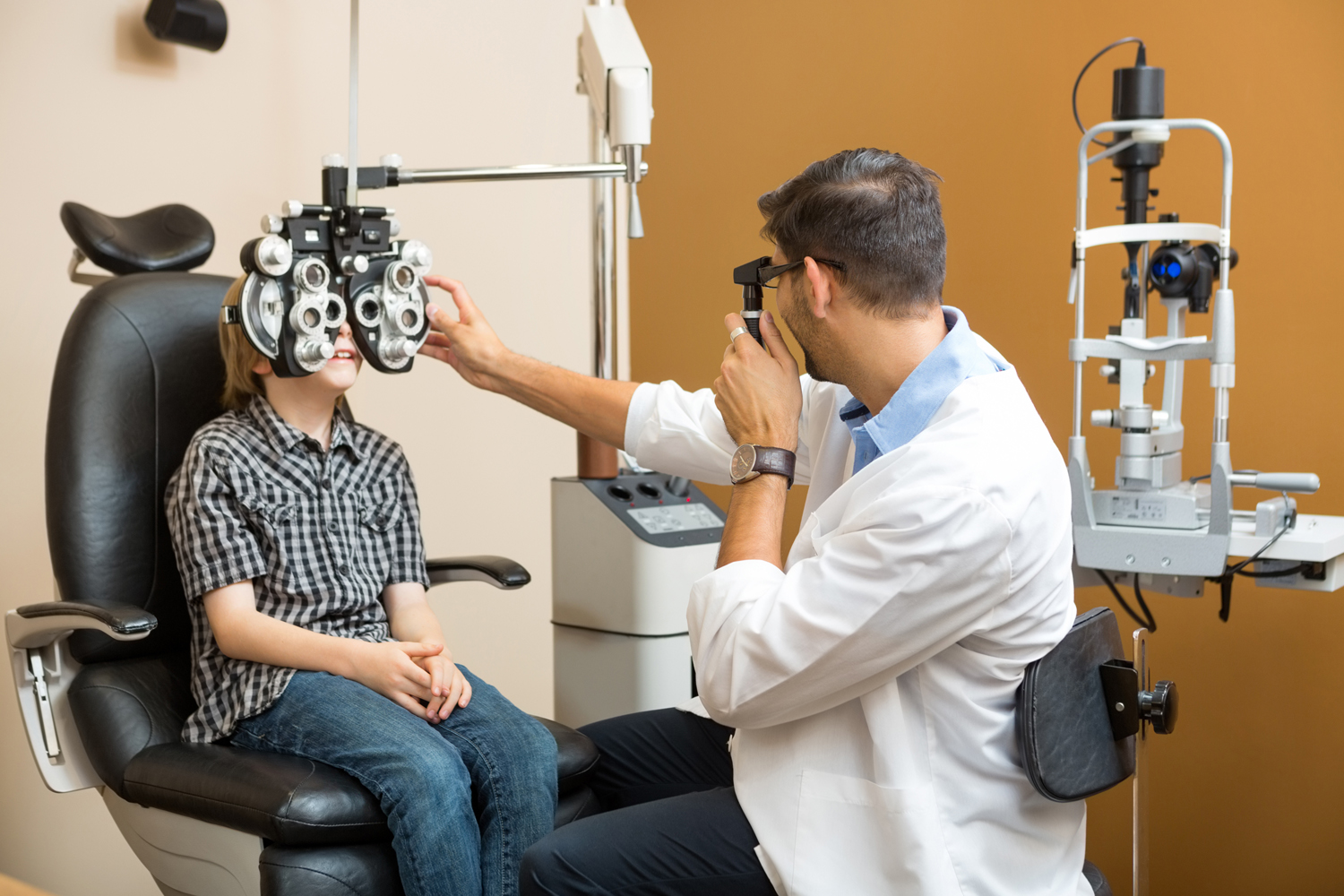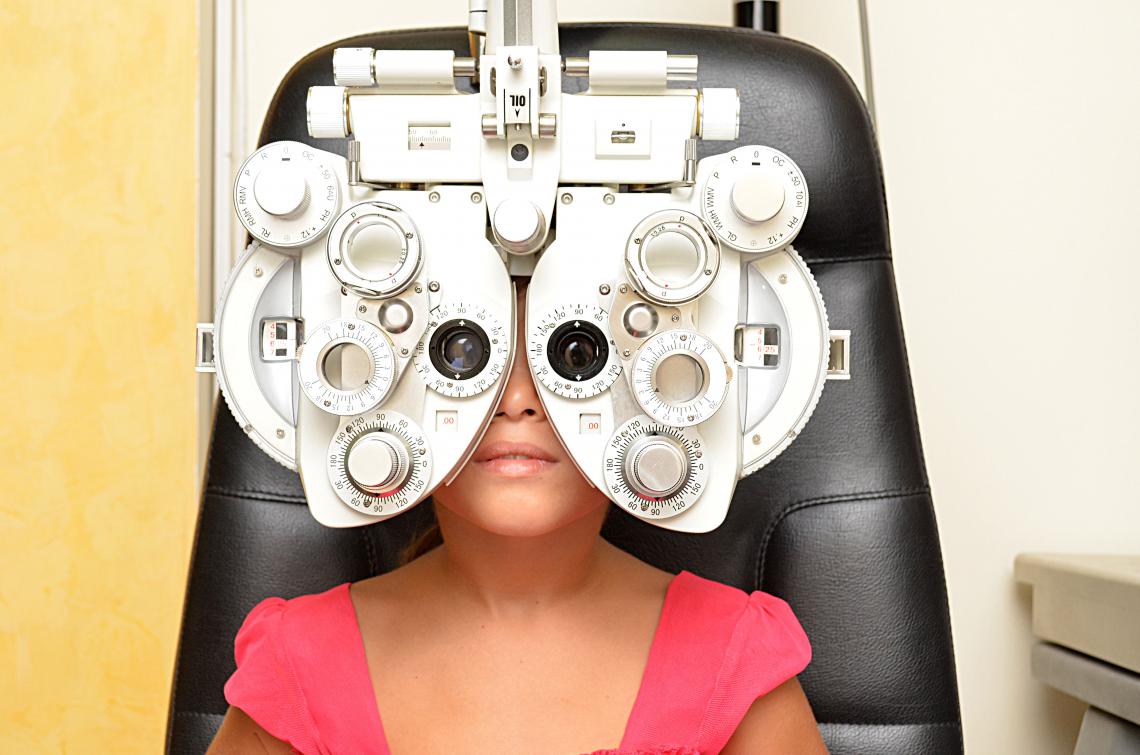Leading Factors to See an Optometrist Chino for Your Eye Health
Wiki Article
Exploring the most up to date Technical Developments in Optometry and What They Mean for Optometrists
In the ever-evolving area of optometry, current technological advancements are reshaping exactly how specialists approach eye care. From the precision of Optical Coherence Tomography to the nuanced understandings provided by AI-driven diagnostic devices, these innovations are setting brand-new standards in client evaluation and therapy. Teleoptometry is poised to redefine access, making certain that competence goes beyond geographical constraints. As these developments penetrate the method, eye doctors are encountered with the obstacle of accepting these tools to boost individual results. Yet, the question continues to be: just how will these technological shifts redefine the roles and obligations within the profession?Developments in Diagnostic Devices
Progressing the field of optometry, developments in analysis devices have actually revolutionized the method eye care professionals evaluate and diagnose visual disabilities and eye conditions. The previous years has witnessed significant technical developments, making it possible for even more thorough and precise analyses. Optical Coherence Tomography (OCT), as an example, provides high-resolution cross-sectional images of the retina, permitting for the early discovery of conditions such as glaucoma and age-related macular deterioration. This non-invasive imaging strategy has actually ended up being important in contemporary optometric method.One more secret innovation is the introduction of sophisticated corneal topography systems, which map the surface area curvature of the cornea with precision. These tools are particularly useful for suitable call lenses and detecting corneal conditions. Electronic retinal imaging has actually transformed traditional ophthalmoscopy, using thorough, breathtaking sights of the retina that facilitate extensive visual assessments.
The advancement of wavefront aberrometry has actually additionally been important, making it possible for the evaluation of refractive mistakes with unmatched precision (Eye Doctor Optometrist). This innovation helps in personalizing corrective lenses and boosting medical outcomes for refractive surgeries. Jointly, these diagnostic innovations empower eye doctors to provide exceptional patient care, making certain very early intervention and tailored therapy methods, inevitably improving aesthetic health and wellness results
AI in Patient Monitoring
Structure on the structure of cutting-edge diagnostic tools, the incorporation of synthetic intelligence (AI) in client administration represents a transformative leap for optometry. AI systems are significantly utilized to boost efficiency, precision, and customization in client care. By evaluating substantial amounts of information, AI can determine patterns and anticipate potential eye conditions, making it possible for optometrists to tailor treatments more efficiently. This capacity is crucial in taking care of persistent eye illness such as glaucoma and diabetic retinopathy, where very early discovery and continual surveillance are key.Moreover, AI-driven platforms promote structured person interactions and management processes. Automated scheduling, online appointments, and individualized follow-up plans not just boost individual fulfillment yet additionally optimize time administration for experts. These systems can triage individuals based upon the necessity of their conditions, making sure that those in vital demand get timely interest.
Furthermore, AI boosts decision-making by providing eye doctors with evidence-based referrals and therapy paths. By integrating information from digital health and wellness records, AI devices provide understandings that inform professional choices, minimizing the risk of mistakes and improving person end results. As AI proceeds to advance, its role in client monitoring will likely expand, improving the landscape of optometric care.
Advancements in Retinal Imaging
In the world of optometry, retinal imaging has seen impressive technical improvements that are improving diagnostic abilities and person care. Advancements such as Optical Comprehensibility Tomography (OCT) and fundus photography have actually revolutionized just how optometrists examine the retina and envision. OCT, specifically, gives high-resolution, cross-sectional photos of the retina, enabling the comprehensive examination of its layers. This ability is invaluable for very early discovery and management of problems like glaucoma, diabetic person retinopathy, and age-related macular deterioration.Boosted imaging methods like OCT angiography are more refining diagnostic accuracy. This non-invasive strategy maps blood flow in the retina, providing important insights into vascular wellness without the requirement for dye shots. Additionally, adaptive optics innovation is being incorporated right into retinal imaging systems to correct ocular aberrations, supplying extraordinary photo quality. Such advancements promote the identification of minute retinal changes that can indicate illness progression.
Furthermore, developments in synthetic knowledge are boosting retinal imaging by enabling automated analysis of large datasets. These systems assist optometrists in identifying patterns indicative of pathology, consequently boosting analysis accuracy and efficiency. Jointly, these technologies are changing retinal imaging right into a foundation of modern eye care, enhancing results and increasing healing opportunities.
Teleoptometry's Expanding Duty
Teleoptometry is progressively becoming an essential part of eye care, driven by innovations in electronic interaction and diagnostic devices. This is especially valuable in underserved and rural locations where access to specialized eye care is usually restricted.The combination of fabricated intelligence (AI) more improves teleoptometry, making it possible for the analysis of visual data and helping in the detection of ocular conditions such as glaucoma and diabetic person retinopathy. AI-powered formulas can rapidly translate complex imaging information, giving optometrists with beneficial understandings that strengthen scientific decision-making.
Additionally, teleoptometry supports continuity of care through smooth combination with electronic wellness documents (EHRs), allowing eye doctors to preserve thorough individual histories. When seeking advice from with various experts., this makes certain that clients receive customized and regular care even.
Regardless of these benefits, challenges continue to be, consisting of guaranteeing data security and taking care of click here for more individual assumptions. Teleoptometry stands for a considerable stride in the direction of more obtainable, effective, and patient-centered eye care. As innovation evolves, its role is poised to broaden additionally.

Future Patterns in Eye Treatment
A myriad of ingenious trends is readied to reshape the future of eye care, driven by technological advancements and the evolving requirements of people. One considerable fad is the combination of artificial intelligence (AI) in important link diagnostics, which promises to improve the precision and efficiency of eye evaluations. AI formulas can assess large quantities of data from retinal pictures, possibly spotting conditions like diabetic person retinopathy and glaucoma earlier than conventional approaches.Moreover, tailored medication is gaining grip in optometry, with genetic screening notifying tailored treatment strategies. This technique aims to maximize person outcomes by tailoring treatments to individual hereditary accounts. Wearable technology, such as clever call lenses, is likewise imminent, using real-time surveillance of intraocular pressure or sugar levels, therefore offering continual insights right into systemic and eye health and wellness.
The fostering of augmented fact (AR) and digital truth (VIRTUAL REALITY) in training and patient education and learning is an additional arising fad. These modern technologies supply immersive experiences that can enhance understanding and skills both for clients and optometrists. As these trends advance, optometrists must stay abreast of technical visit here developments to give innovative treatment, guaranteeing improved person outcomes and complete satisfaction in the dynamic landscape of eye care.
Final Thought

Collectively, these analysis improvements equip optometrists to supply remarkable patient treatment, making certain very early intervention and tailored treatment techniques, ultimately boosting aesthetic health end results.

As these technologies continue to progress, optometrists have to adapt and include them right into technique, inevitably optimizing workflow efficiency and raising the requirement of eye treatment delivered to people.
Report this wiki page